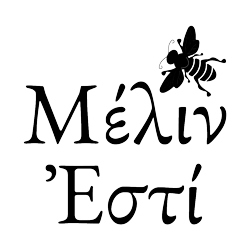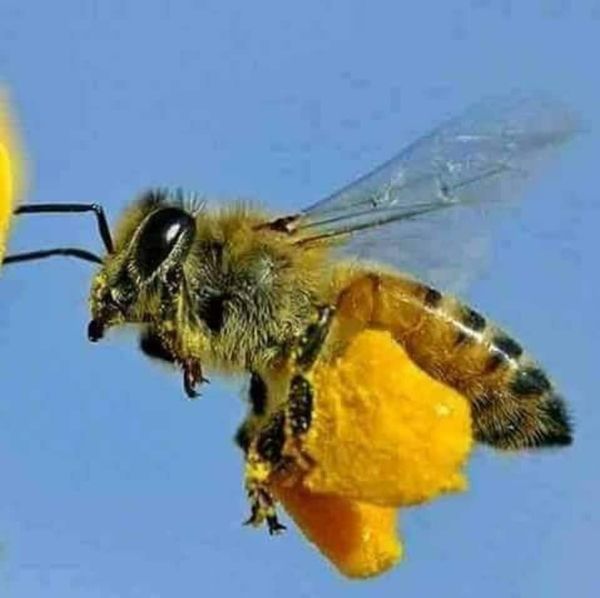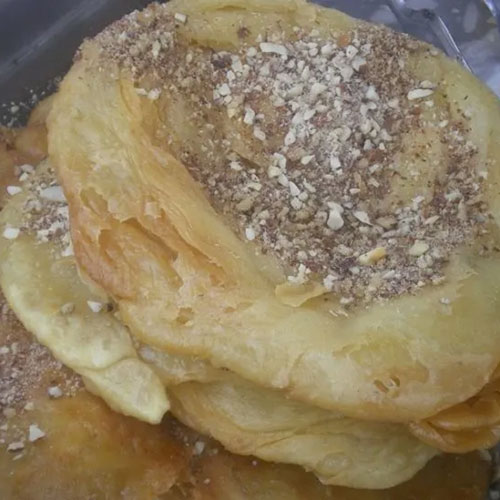What is the pollen

Pollen is one of the most powerful natural products, which the bee offers us.
Bee pollen is a natural product that comes from a collection that the bee makes when it visits the flowers of plants.
The pollen is the male reproductive cells of the plants and the raw material to make the pollination of the plants.
Pollination is the process by which fertilization takes place in plants. For pollination to take place, pollen grains must be transferred from the anthers to the stigma of the hyperpollen.
This is why bees are the most important pollinator, to ensure continuity of life in flowers and tree fruits.
For bees, which carry pollen from flower to flower, pollinating plants and providing 80% of our food, pollen is food.
In particular, it is a source of protein, but also of lipids, vitamins and minerals. It is used as food for small bees, i.e. as a first food along with honey, because of the high amount of protein it contains.
The same applies to humans who use pollen in their diet as a protein supplement.
How it reaches us:
The pollen grains from the flowers , are collected in a ball by the bee who adds some nectar for better consistency and along with the probiotic microorganisms, places them in the pollen “basket” on the third pair of legs. When her basket is full, the bee takes it to the hive where it will be stored in the honeycomb, unless it is ‘stolen’ by the beekeeper who has placed a special pollen trap at the entrance to the hive. The pollen trap is a grate with holes through which only the bee can pass, so the pollen grains in the baskets on the legs fall into the basket at the bottom of the pollen trap.
The pollen collected with the pollen trap is then sieved with a special sieve to remove any foreign bodies and frozen
directly at -18o C, or partially dried and refrigerated (+4o C) and stored for up to 2 years. The pollen is an authentic natural product, without any human processing.
The taste and appearance of the pollen varies according to the flowers from which it comes. Its colour can vary from light yellow to dark brown-black.
Why eat pollen:
Pollen is the most complete dietary supplement of protein and also a source of antioxidants, and probiotics.
Pollen contains:
(a) protein all the essential amino acids and in the ideal ratio. Suffice it to say that one tablespoon is equal in protein to a 250gr beef steak without the fat of the steak of course.
b) sugars (a full tablespoon contains 45 calories)
c) lipids
d) lecithin (important for fat metabolism)
(e) macronutrients and trace elements
f) vitamins C, E, B
g) beneficial micro-organisms (probiotics)
Also pollen….
Improves physical and mental function, increases the ability to work, soothes nerves and fights insomnia and even depression.
It strengthens the immune system and promotes detoxification of the body.
Improves the digestibility of other foods and regulates the intestinal
function. Promotes beneficial gut microbes (probiotics)
and fights pathogens that cause nutritional disorders
and metabolic syndrome.
Reduces bad (LDL) and increases good (HDL) cholesterol.
Reduces elevated cholesterol and triglycerides.
It is also used successfully against obesity (increases
metabolism, gives a feeling of satiety, provides essential nutrients) and against obesity (increases metabolism, gives a feeling of satiety, provides essential nutrients) and against anorexia nervosa (stimulates
stressed body, replenishes nutrients).
Regulates blood pressure and endocrine glands
Stimulates libido (sexual desire) and increases fertility
Essential for athletes for good performance.
Dosage:
The daily recommended dose for adults is 20-40 grams
Recommended daily dosage for adults is 20-40 mg per day, i.e. 1-2 tablespoons daily, while for children it is 1-2 teaspoons. It is usually given in 2 doses during the day. As its intake is safe we can use it throughout the year on a daily basis.
It is also advisable to try 1/2 teaspoon first in case there is any kind of allergy and then add it to our daily routine.
We can eat pollen daily, in the morning, plain straight from the freezer, or with honey, or with a little yoghurt, or in some orange juice always as a food supplement in between a meal.
For athletes with intense training the dose can be tripled.




